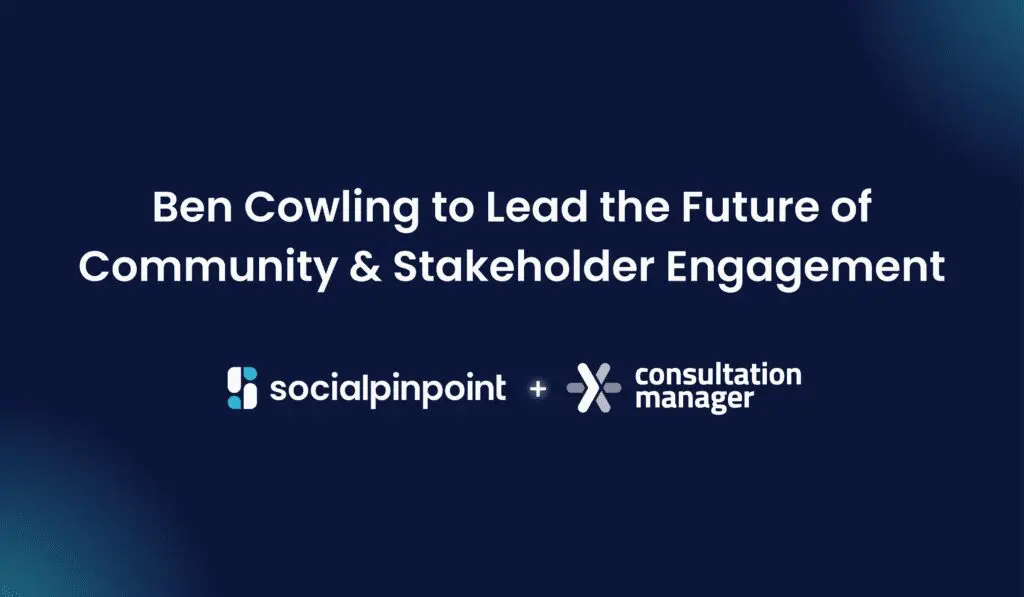Don’t hide away from innovation. Embrace change. Show the community you want to make a positive impact to your area. Don’t shy away, hoping residents will be on board with your plans. Even worse, don’t block out the community’s opinion altogether.
Learn to involve the community in the planning process. Not everyone will agree with the final decision of a project, but strong community engagement will justify the outcome. The key is to manage the conflict, foster trust and build relationships. Listening to different views will lessen the resistance to change.
Why do you need to teach your community to embrace change?
There will always be people who are resistant to change. Change is inevitable, but it doesn’t have to be scary. Communicate clearly with community or stakeholders about the transition. Where possible, allow them to get involved in the design or decision-making. Local knowledge is expert knowledge. They might have ideas or concerns that weren’t on your radar. Taking residents opinions’ into consideration also makes them more accepting of the change. They will take pride and ownership of the change.
Always remember, some members of the public will embrace the change, while others will want everything to remain the same. Balancing these interests is the key to success.
How to help your community embrace change
1. Involve the community in the planning process
Residents are more likely to accept a change if they are involved in the project.
Plan your community engagement phase. For example, create two concepts and ask the public to vote for their favorite. Another effective way involves setting up project stages (future planning > concept design > construction > completion) to take on resident feedback.
2. Make it easy to take part
Some citizens are time-poor. Give the public different opportunities to engage. Community participation Open Days, online surveys, mail-drops are a few ideas. Many government initiatives and private organizations are embracing the Social Pinpoint interactive mapping tool. This innovative software allows the public to be informed, comment, vote and participate in surveys about development projects. It is a self-service tool designed to make it easy for people to interact and discuss projects.
3. Don’t force engagement
If people don’t want to take part, don’t force them. By making people aware of the project, they will participate if they feel the need to. Online engagement tools are an effective way to encourage different types of citizens to engage in their own time. We previously wrote an article about the three types of citizens you’re missing out on if you don’t engage online. Some people are too shy to take part, but may agree with what others are saying and can ‘vote’ rather than adding their own ideas. Time-poor citizens might need other ways to engage, maybe using a mobile device on their daily commute. Make it easy to interact and residents will embrace chnage they’re ready.
4. Use social media to promote change
The public can’t participate in project discussions unless they are aware of the opportunity to get involved. Social media encompasses a range of powerful tools. On average, many people five different social media accounts. If your organization currently uses social media platforms, promote it. Let your community know they can have a say in the change and direct them to your Social Pinpoint or other community engagement platform. The more visibility you give a project, the more likely people will take part.
Change and participation go hand-in-hand. To embrace change, the public needs to be a part of the change. No one likes decisions forced on them. Think about how you would like to be involved in change that impacts you. Focus on building a government-community relationship.
Successful change takes time
Anyone can make a small change to their lifestyle. You can embrace change by making the switch to use less plastic. Large changes like demolishing a building or developing a park have large-scale impacts on many people. Pass large changes through the public to gain confidence in the outcome of the project.
Ask your community to help create a positive outlook on your city. Give them different ways to participate and make them aware of anticipated changes. Relationship building is an important aspect of any government organization. Build a stronger community. Embrace change.












